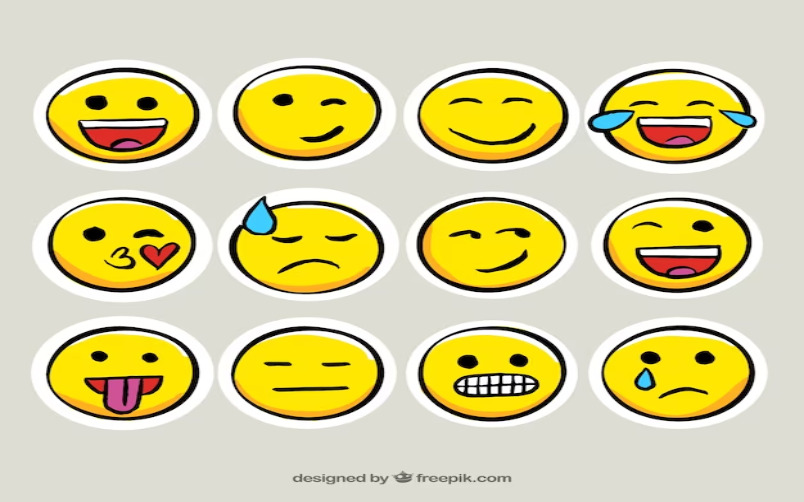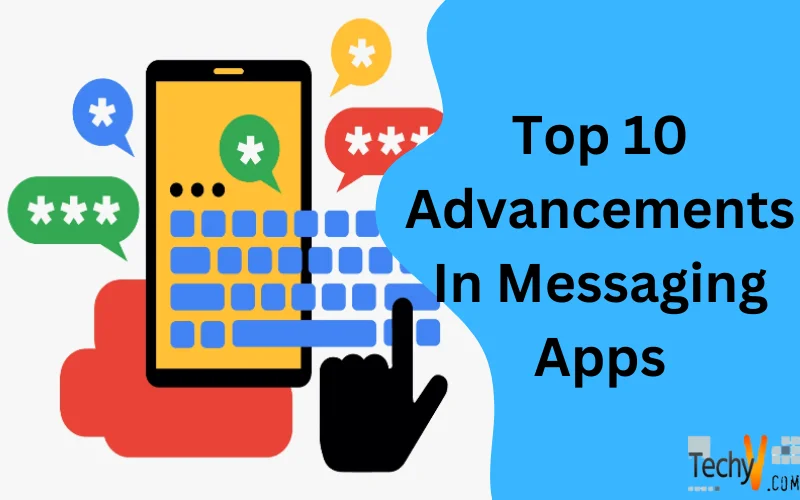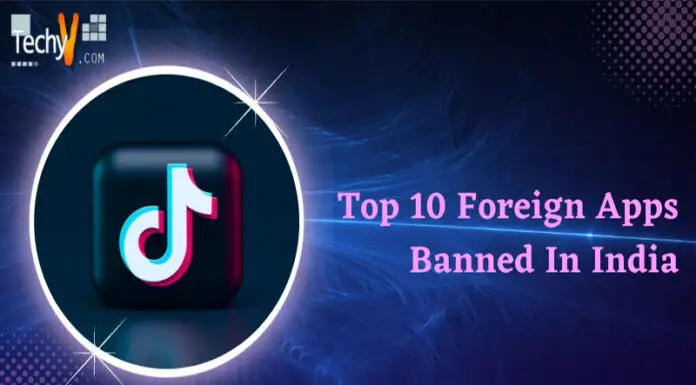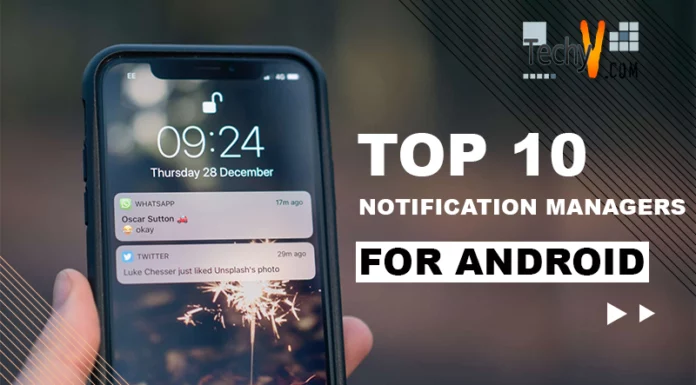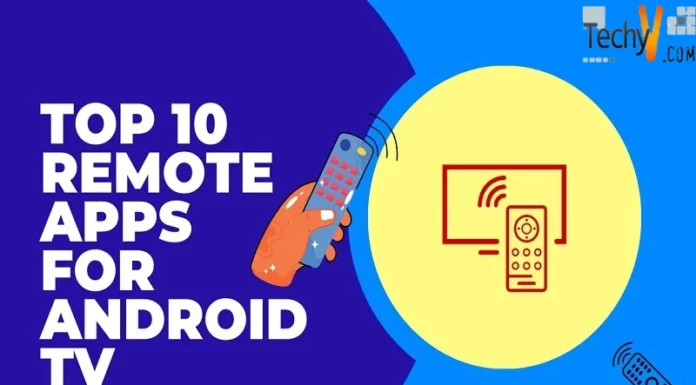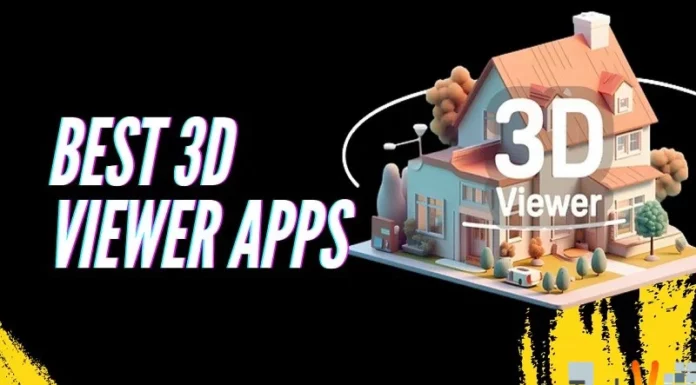The way we interact has been revolutionised by messaging applications, which offer quick and practical communication channels everywhere. These apps have significantly improved over time, adding new functions and technology that improve user experiences. We will examine the top ten messaging app developments that have changed the face of digital communication in this post. Social messaging applications have become necessary tools for communication. Additionally, for companies as well as for certain social media users. Social media is a great way to spread your message across the sweet, sweet internet, but if you’re looking for a closer relationship with your fans and followers as well as a way to provide best-in-class social media customer service, it’s time to learn about the most popular messaging apps.
1. End-to-end Encryption
End-to-end encryption is one of the most important developments in messaging apps. Because of this technology, user privacy is safeguarded and unauthorised access is prevented because only the sender and receiver may view the messages. End-to-end encryption is now a regular feature in apps like Signal and WhatsApp, providing users with the assurance that their interactions are safe.
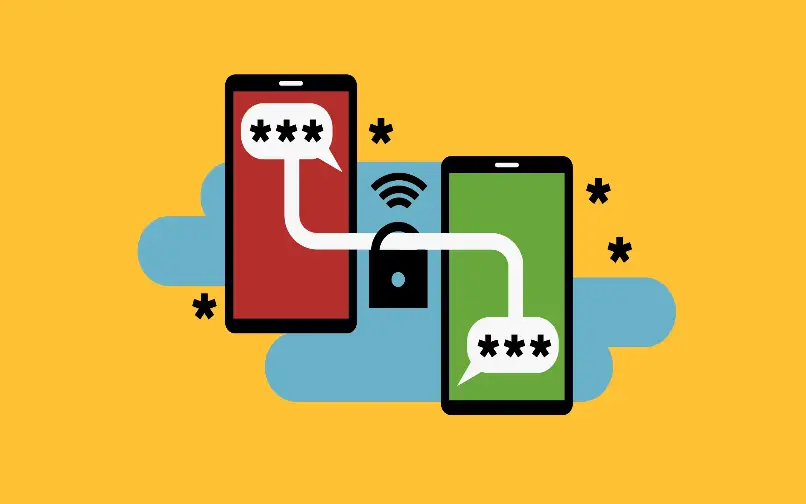
2. Support For Rich Media
Messaging apps have developed from straightforward text-based communication to systems that accommodate different kinds of rich media. With just one swipe, users can now share documents, voicemails, movies, images, and even their location. This development has improved communication by making talks more interesting and expressive.

3. Audio And Video Calling
In addition to text-based messaging, audio and video calling services have been added to apps like WhatsApp, Skype, and FaceTime. Users no longer need to use traditional phone calls because they can now make high-quality audio and video chats through the Internet. Due to this development, individuals are now more able to interact in person, regardless of their location.
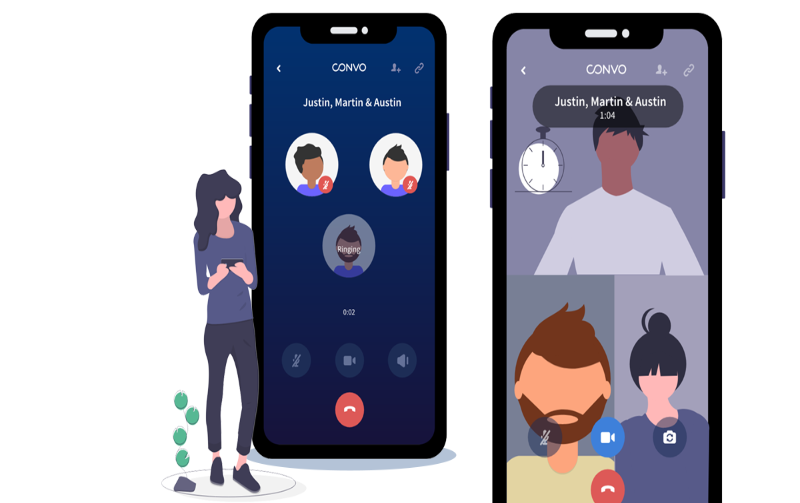
4. Chatbots And Ai Integration
The incorporation of chatbots has allowed artificial intelligence (AI) to enter messaging apps. By providing automatic replies and help, these virtual assistants improve user experience and streamline customer service. Chatbots may provide individualised ideas, and recommendations, and even take on duties on the user’s behalf thanks to AI algorithms that study user behaviour and preferences.
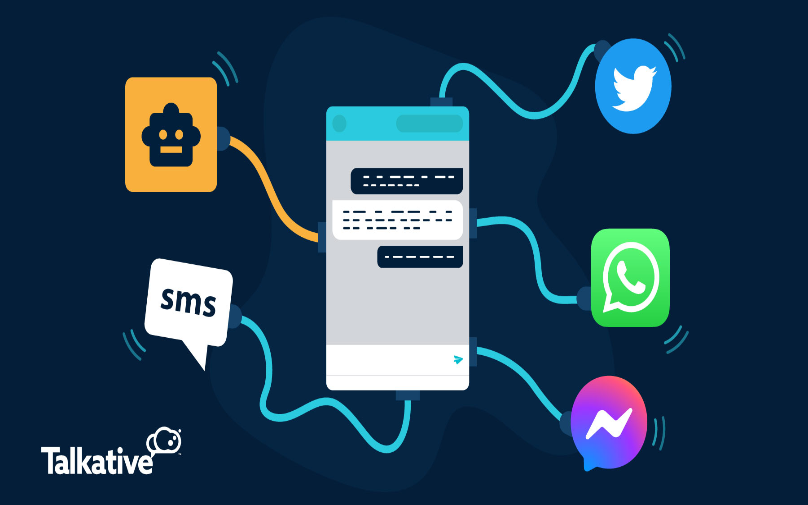
5. Collaboration And Group Messaging
Messaging programmes have enhanced their functionality to include collaboration and group messaging. Within a single platform, users may create groups, exchange information, work together on projects, and assign duties. Team communication has been revolutionised by apps like Slack and Microsoft Teams, enabling seamless collaboration and productivity.

6. Voice Transcription
Thanks to developments in speech recognition technology, messaging applications now provide voice transcription. By converting spoken words into text, this function makes message composition simpler and does away with the necessity for typing. For users who prefer voice input to traditional text input, such as those with impairments, voice transcription has shown to be extremely helpful.
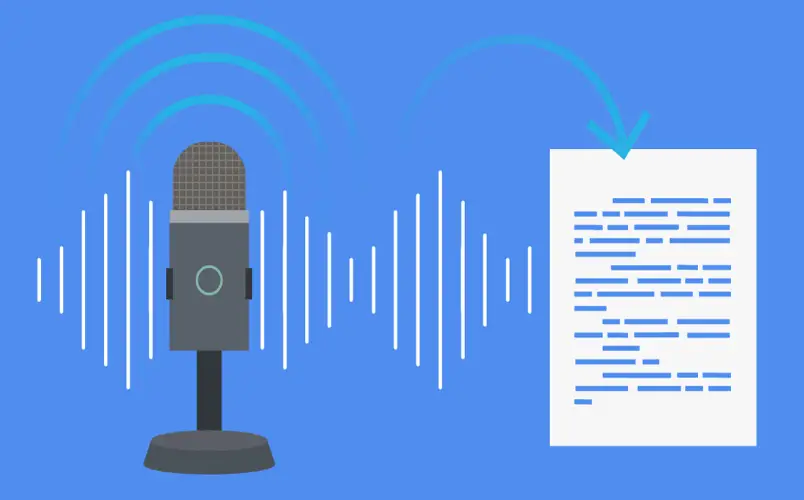
7. Integration With Third-party Services
Messaging applications have linked with several third-party services, extending their functionality beyond simple communication. Users may now complete a variety of operations within the messaging app itself, including placing food orders, paying bills, booking transportation, sharing files, and more. Because of this connection, messaging applications are now more flexible and extensive, providing users with a smooth and practical experience.
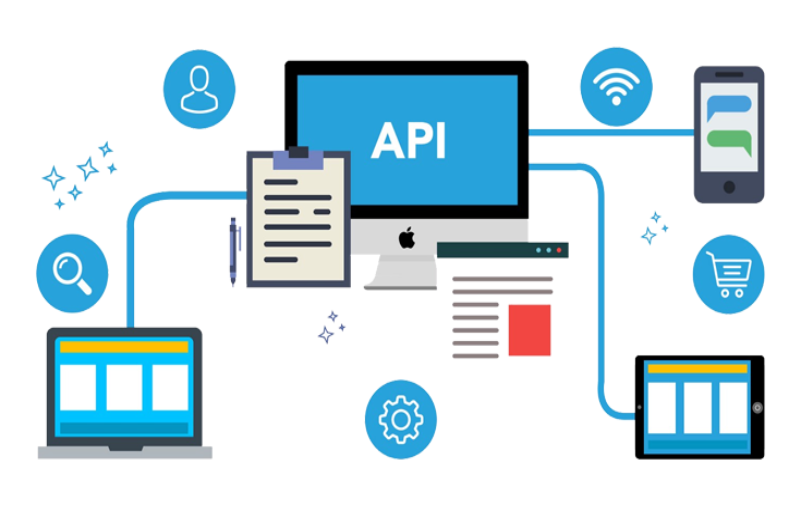
8. Chat Extensions And Mini-applications
Messaging applications have added chat extensions and mini-apps to further improve user experiences. Without leaving the app, users may use a variety of services and tools thanks to them. Users may play games, order takeaway, make reservations at restaurants, and complete other things within the messaging app, so avoiding the need for other apps.
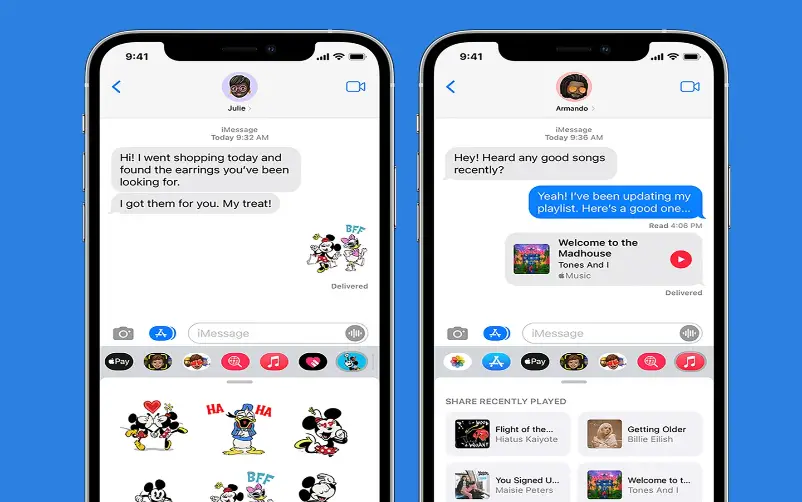
9. Predictive Text And Smart Replies
Machine learning algorithms have made it possible for messaging applications to offer predictive text and smart reply options. These features examine the conversational situation and provide pertinent ideas for prompt answers. This development has greatly decreased the amount of typing required and increased the effectiveness of conversations as a whole.
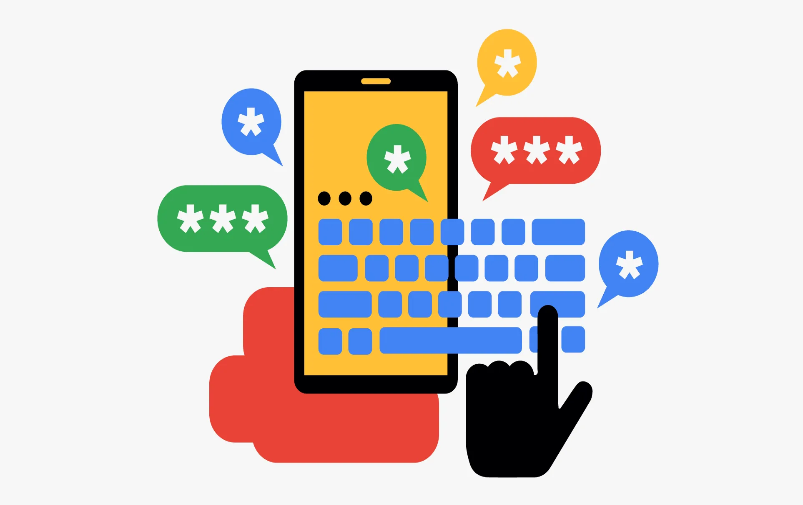
10. Emojis And Stickers
Stickers and emojis are becoming crucial component of messaging app experiences. Users may express feelings and sentiments more clearly thanks to these expressive aspects. Users may pick from a broad variety of pictures to enliven and make their chats more interesting thanks to the extensive library of stickers and emojis that are readily available.
